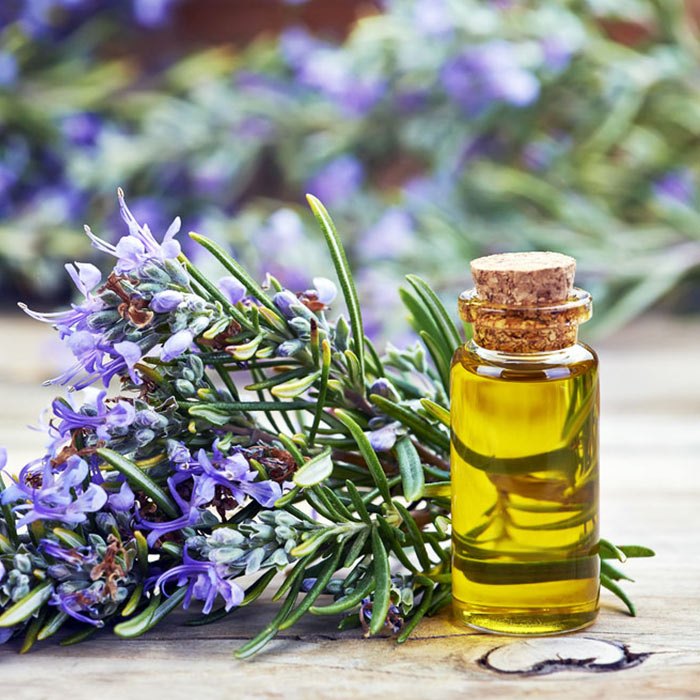R. officinalis L. is an aromatic plant commonly used as condiment and for medicinal purposes. Biological activities of its extract were evaluated in this study, as antimicrobial effect on mono- and polymicrobial biofilms, cytotoxicity, anti-inflammatory capacity, and geno-
toxicity. Monomicrobial biofilms of Candida albicans, Staphylococcus aureus, Enterococcus faecalis, Streptococcus mutans and Pseudomonas aeruginosa and polymicrobial biofilms composed of C. albicans with each bacterium were formed in microplates during 48 h and exposed for 5 min to R. officinalis L. extract (200 mg/mL). Its cytotoxic effect was examined on murine macrophages (RAW 264.7), human gingival fibroblasts (FMM-1), human breast carcinoma cells (MCF-7), and cervical carcinoma cells (HeLa) after exposure to different concentrations of the extract, analyzed by MTT, neutral red (NR), and crystal violet (CV) assays. The anti-inflammatory activity was evaluated on RAW 264.7 non-stimulated or stimulated by lipopolysaccharide (LPS) from Escherichia coli and treated with different concentrations of the extract for 24 h. Interleukin-1 beta (IL-1b) and tumor necrosis factor alpha (TNF-a) were quantified by ELISA. Genotoxicity was verified by the frequency of micronuclei(MN) at 1000 cells after exposure to concentrations of the extract for 24 h. Data were analyzed by T-Test or ANOVA and Tukey Test (P 0.05). Thus, significant reductions in colony forming units per milliliter (CFU/mL) were observed in all biofilms. Regarding the cells, it was observed that concentrations 50 mg/mL provided cell viability of above 50%. Production of proinflammatory cytokines in the treated groups was similar or lower compared to the control group. The MN frequency in the groups exposed to extract was similar or less than the untreated group. It was shown that R. officinalis L. extract was effective on mono- and polymicrobial biofilms; it also provided cell viability of above 50% (at 50 mg/mL), showed anti-inflammatory effect, and was not genotoxic.

